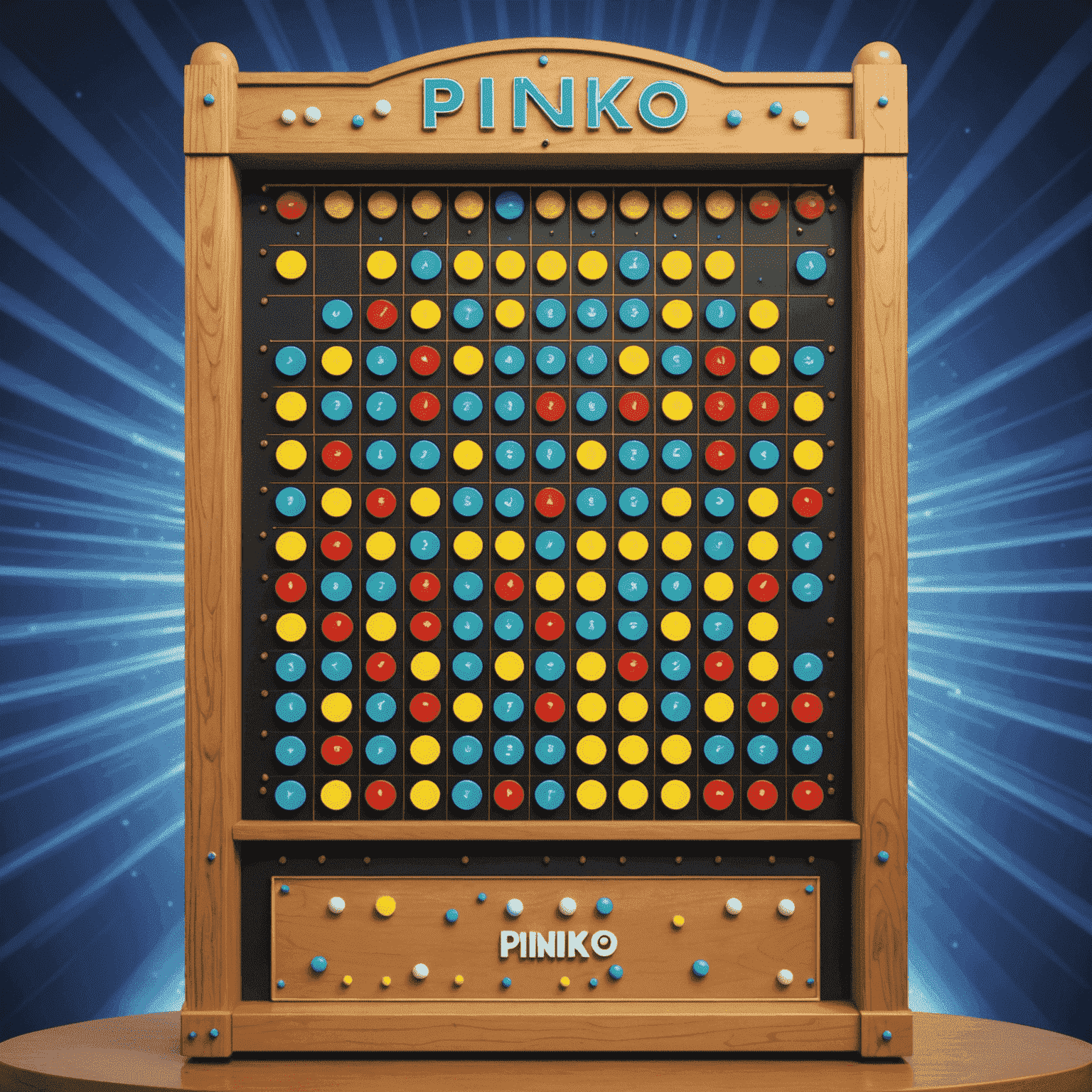The History of Plinko

Plinko, the beloved game of chance that has captivated audiences for decades, has a rich history that spans from television game shows to modern-day entertainment. Let's dive into the fascinating journey of this iconic game.
The Birth of Plinko
Plinko made its debut on the popular American game show "The Price is Right" in 1983. Created by producer Frank Wayne, the game quickly became a fan favorite due to its simple yet thrilling concept. The original Plinko board featured a vertical pegboard where contestants would drop discs from the top, watching them bounce unpredictably to land in prize compartments at the bottom.
Rise to Fame
The game's popularity soared, making it a staple of "The Price is Right" and inspiring countless variations. The suspense of watching the disc fall, coupled with the potential for big wins, made Plinko an instant classic. Its success on television paved the way for Plinko to become a cultural phenomenon.

Plinko in the Digital Age
As technology advanced, so did Plinko. The game found new life in digital formats, appearing in online platforms, mobile apps, and even as mini-games within larger video games. This digital transition allowed Plinko to reach a global audience, far beyond its television origins.
Plinko in Pop Culture
The game's simple yet addictive nature has led to its appearance in various forms of media. From being referenced in popular TV shows to inspiring carnival games, Plinko has left an indelible mark on pop culture. Its influence can be seen in everything from arcade attractions to promotional events for major brands.
The Science Behind Plinko
Interestingly, Plinko has also caught the attention of mathematicians and physicists. The game's unpredictable nature makes it a perfect subject for studying probability and chaos theory. Researchers have analyzed the physics of the falling disc, exploring how slight variations in initial conditions can lead to vastly different outcomes.

Plinko Today
Today, Plinko continues to evolve. From giant versions at festivals to sophisticated digital renditions, the game remains as popular as ever. Its enduring appeal lies in its perfect blend of chance and excitement, making every drop of the disc a thrilling experience.
Conclusion
From its humble beginnings on a game show to its current status as a global phenomenon, Plinko has come a long way. Its journey reflects not just the evolution of a game, but also changes in entertainment, technology, and our understanding of probability. As we look to the future, one thing is certain: the allure of the Plinko board will continue to captivate and excite for generations to come.